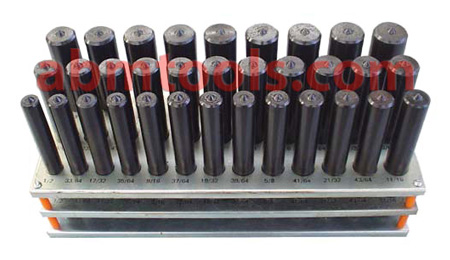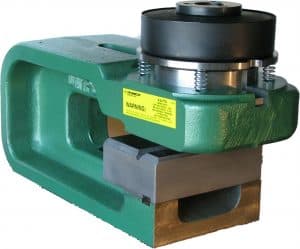Let’s Talk About Different Types of Punches
What are punches?
A punch is a tool used to indent or create a hole through a hard surface. They usually consist of a hard metal rod with a narrow tip at one end and a broad flat "butt" at the other.
When used, the narrower end is pointed against a target surface and the broad end is then struck with a hammer or mallet, causing the blunt force of the blow to be transmitted down the rod body and focused more sharply onto a small area.
These punches are widely used in the manufacturing industry. They are part of almost all manufacturing processes. Depending on the shape and type of punches, they are used in different manufacturing processes.
Let’s talk about different types of punches in manufacturing.
Different types of punches in manufacturing
1. Cutting punches in manufacturing process
The edges of the cutting punches are very sharp. They penetrate the stock material & push out the blank / slug and enter into the die. The design of the cutting punches depends upon the area to be sheared and the cutting pressure required to penetrate the stock material.
Blanking, Piercing, perforating, trimming, shaving, notching, fine blanking etc. operations are performed by the cutting punches by means of shearing.
2. Prick punch
A prick punch is similar to a center punch but used for marking out. It has a sharper angled tip to produce a narrower and deeper indentation. The indentation can then be enlarged with a center punch for drilling.
The tip of a prick punch is 40 degrees (the angle depends on what type of prick punch one is using). It is also known as a dot punch.
3. Drift punch
A drift "punch" is misleadingly named; it is not used as a punch in the traditional sense of the term. A drift punch, or drift pin, or lineup punch, is used as an aid in aligning bolt or rivet holes prior to inserting a fastener.
A drift punch is constructed as a tapered rod, with the hammer acting on the large end of the taper. The long end of a drift punch is placed into the semi-aligned bolt holes of two separate components, and then driven into the hole.
As it is driven in, the taper forces the two components into alignment, allowing for easy insertion of the fastener. Unlike most punches, force is never (and should never be) applied to the tip, or end of a drift pin.
4. Transfer punches
Transfer punch is a punch of a specific outer diameter that is non-tapered and extends the entire length of the punch .
It is used to tightly fit the tolerances of an existing hole and, when struck, precisely transfer the centre of that hole to another surface.
It can be used to duplicate the hole patterns in a part, or precisely set locations for threaded holes to bolt an object to a surface.
Summary
Above mentioned types of punches are widely used in the manufacturing industry world wide. They play a key role in manufacturing huge machines and making them efficient enough to produce premium quality products.
Thus, must be used aptly as per the purpose they are made to serve in order to ensure manufacturing of best end-products.


Comments
Post a Comment